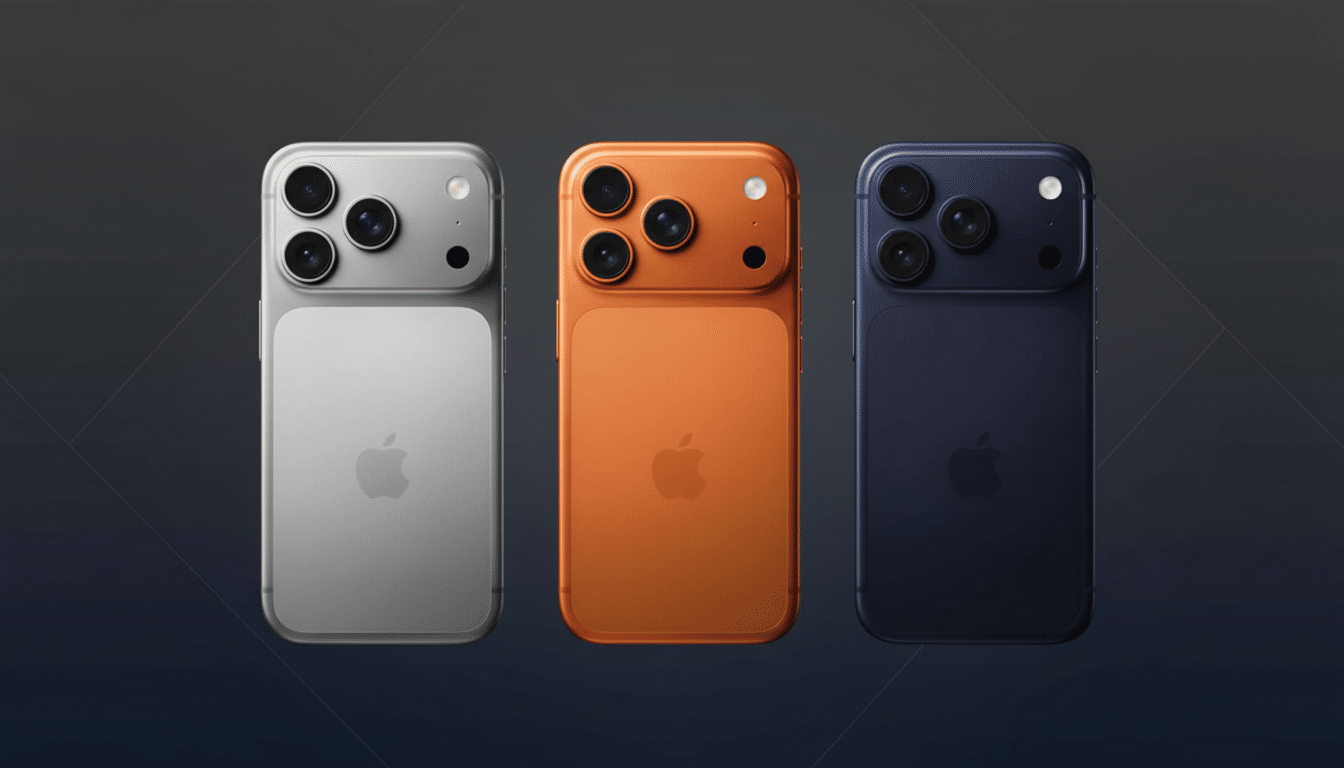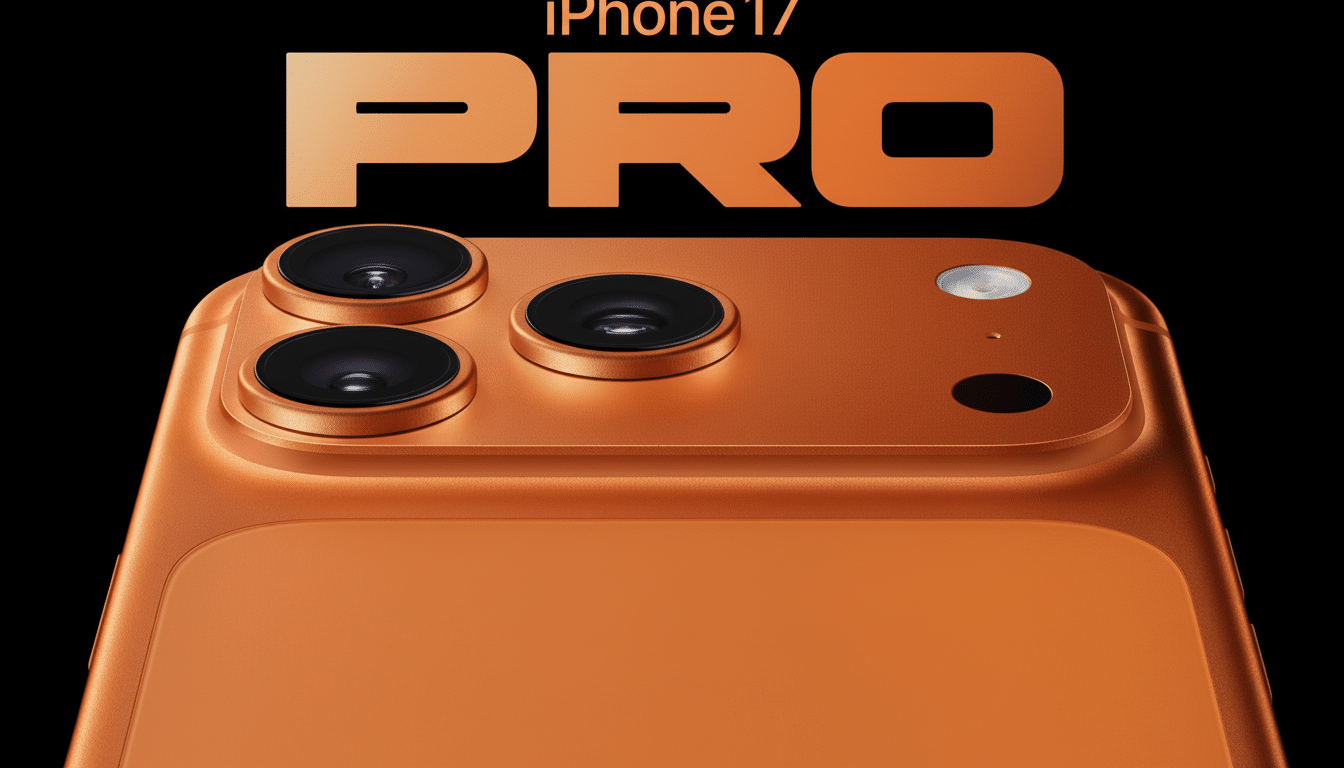The latest iPhone lineup is hard to recommend to power users, who don’t have to upgrade. With design oddities, a feature trade-off and high pricing, both the iPhone 17 Pro and ultra-slim iPhone Air seem like sideways moves. For owners of recent Pro models — and, frankly, for most of the mainstream purchasers out there — the upgrade case simply isn’t there.
Design that distracts as much as it dazzles
Apple’s new rear “plateau” in the area for the 17 Pro’s cameras counters more of the back than the now-traditional square module, increasing clutter with no obvious photographic benefit for the added visual bulk. The extra MagSafe-form-following shape underneath it really just adds visual noise. Color choices slant toward fashion-forward (aggressive orange, deep blue), but the overall design move is a departure from the minimal, balanced look that made the Pros of years past instantly iconic.

The iPhone Air is a different sort of design bet – at around 0.22 inches thin, it’s truly svelte. But extreme thinness also magnifies wobble on a desk, invites hand fatigue with sharp edges and can make camera compromises obvious. Apple’s most successful industrial designs have been ones that exhibit restraint and negative space; this year’s look feels fussier and, at times, cheaper in use.
Speed and cooling will not make or break your day
Apple’s marketing this chip in the 17 Pro as significantly snappier — about 90% faster than a 14 Pro–class CPU in certain comparisons — and calls out a new vapor chamber to ensure that thermal levels stay in check. Impressive on paper, yes, but on recent iPhones most of the core tasks (camera launch, app-switching, messaging, maps) are pretty much already instantaneously responsive. The display and the game engine cap frame rates, and thermal throttling only hits a sliver of heavy workloads.
Very few benchmarks actually make much of a difference to your average user’s day-to-day experience. Industry data supports this: CIRP found that iPhone owners now keep devices for well over two years on average, an indicator that raw performance no longer motivates annual upgrades the way it once did.
Cameras: versatility beats megapixels
The sticking point for the Air is its single rear camera. The mainstream tier these days even usually features both wide and ultrawide lenses, and premium phones throw in dedicated telephoto. Computational photography can be a substitute, but nothing yet totally replaces the versatility of multiple optics for portraits, low light or travel. Reviewers at places like DxOMark uniformly acknowledge lens diversity, on par with sensor size and stabilization, as one of the most powerful influences on the quality you see in the real world.
On the 17 Pro’s flip side, its trio of 48‑megapixel cameras sure looks formidable, but megapixels are only part of the story. The sensor area, the transmission of the lens and Apple’s processing pipeline all contribute to what you actually see. If daylight photos look only marginally better than what a 14 or 15 Pro can manage, and low-light performance isn’t dramatically cleaner, very few people who love to take pictures will consider it much of an incentive to upgrade.
Battery life and the trap of thinness
Apple promises as many as 33 hours of video playback for the 17 Pro, a sexy but meaningless statistic. What matters is mixed-use endurance. The Air exchanges battery headroom for a razor-thin build; if you have to slap on a MagSafe battery pack to be confident of clearing a long day, then it will have lost the raw thinness advantage — and to that thinness you’ve added heft and an expense, anyway.

There’s also a practical irony: most people case their phones. A protective case does much to make up for the thickness Apple just shaved off, but the single-camera limitation has not gone away. The end product is an esthetic victory in the spec sheet that all too frequently gets lost in real life.
Pricing and the math of upgrades
Spec a 17 Pro to 512 gigabytes and you are north of $1,200 before tax. Trade-in value for some older models of Pros can be fairly anemic, so if that screen’s gotten all busted out — or you’re stuck charging twice a day due to your ailing battery — this upgrade is a much more practical use of your cash anyway. Apple’s lineup also consigns last year’s Pro to the dustbin of history and suggests that Pro-intending buyers can’t slip by for a discount pick.
Longer replacement cycles are perhaps feeding into the skip-it argument. CIRP has found that iPhone owners hold on longer and Counterpoint Research has recorded a continuing trend for holding onto premium devices for longer thanks to better durability and software support. Iterative changes with a premium price simply have to work harder.
Who might still upgrade
There are niches. Mobile gamers and on-device video editors who like to push sustained workloads may appreciate the A19’s headroom and the vapor chamber’s thermals. Content creators who absolutely need triple 48‑megapixel capture at different focal lengths could probably justify the 17 Pro — as long as they can live with the new camera plateau in their photos and videos.
The Air has its own audience, as well: purchasers who value the slimmest device over camera flexibility and battery insurance. For most, that trade-off will be a daily compromise and the looks payoff, short-lived.
Bottom line
The iPhone 17 Pro and iPhone Air come with impressive specs but changes that barely change how we use the things every day — and in some places, we see the arrival of new-ish compromises we haven’t seen before. If you happen to own a recent Pro or venerate balanced design and endurance, the wise move is probably just to hold off and let Apple’s next cycle make a more distinct case.

